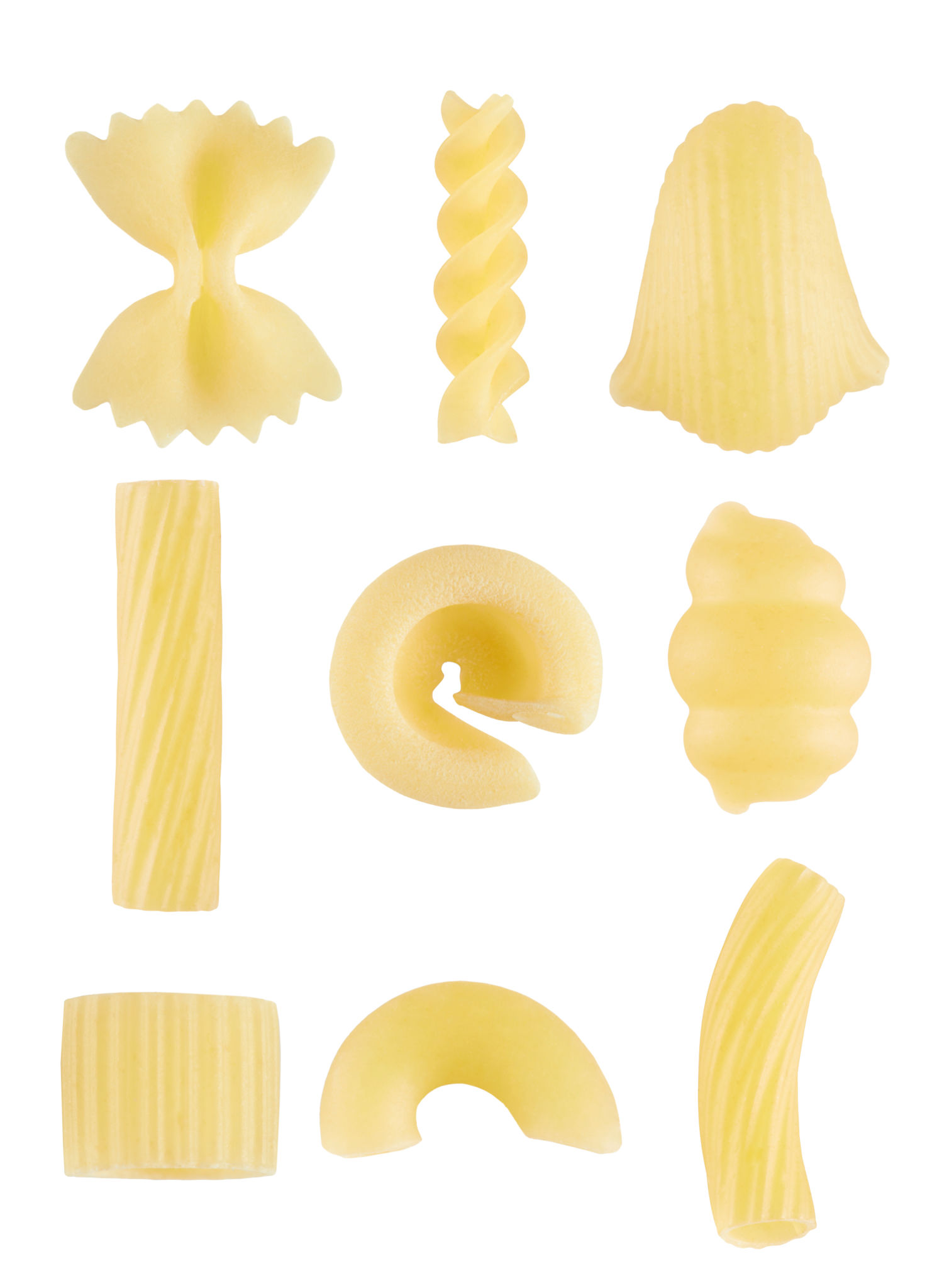Decoding Pasta Shapes: Choosing the Right Pasta for Every Sauce
The Art of Pasta Pairing
Pasta is a beloved staple in many households, offering a delicious base for a variety of sauces. However, not all pasta shapes are created equal when it comes to pairing with sauces. Each shape has its unique characteristics that can enhance or detract from the overall dish. Understanding the nuances of pasta shapes can elevate your culinary creations to new heights.

Long Pasta: The Classic Choice for Oil-Based Sauces
Long pasta shapes like spaghetti, linguine, and fettuccine are classic choices for oil-based sauces. These sauces, such as aglio e olio or carbonara, lightly coat the strands, allowing the flavor to shine through without overwhelming the pasta. The smooth texture of long pasta enhances the simplicity and elegance of these dishes.
When preparing long pasta, consider sauces that are relatively thin and smooth. The pasta serves as a vehicle, carrying just enough sauce to provide flavor without weighing down the dish. This balance ensures a delightful dining experience with each forkful.
Short Pasta: Embracing Chunky and Hearty Sauces
Short pasta shapes like penne, rigatoni, and farfalle are perfect for capturing chunky and hearty sauces. These shapes often feature ridges or holes that trap flavorful ingredients, making them ideal for robust sauces such as Bolognese or arrabbiata. The texture and structure of short pasta allow it to stand up to heavier sauces without losing its form.

When choosing short pasta, consider dishes where you want every bite to be packed with sauce and ingredients. The ability of these shapes to hold onto thick sauces makes them a favorite in many traditional Italian recipes.
Specialty Shapes: A Match for Unique Sauces
Specialty pasta shapes like orecchiette, fusilli, and cavatappi offer exciting opportunities for creative pairings. These shapes are often used in recipes where the sauce needs to cling to the pasta's surface. For example, orecchiette works wonderfully with broccoli rabe and sausage, while fusilli pairs well with creamy pesto.
These unique shapes bring a playful element to your dishes, adding visual interest alongside their functional benefits. When selecting a specialty shape, think about the sauce's texture and how it will interact with the pasta's surface.

Stuffed Pasta: A Self-Contained Flavor Explosion
Ravioli, tortellini, and other stuffed pasta varieties offer a different approach to pasta-sauce pairing. These pastas come pre-filled with flavorful mixtures, often requiring only a light sauce to complement their rich interiors. Butter sage sauce or simple tomato sauce pairs beautifully with these filled pastas.
The key to enjoying stuffed pasta is ensuring that the sauce enhances without overpowering the filling. These dishes are a testament to the beauty of simplicity and balance in Italian cuisine.
Conclusion: The Perfect Pair Every Time
Decoding pasta shapes is an essential skill for any home chef looking to create authentic Italian dishes. By understanding how different shapes interact with various sauces, you can make informed decisions that enhance your meals' flavors and textures. Whether you're crafting a hearty Bolognese or a delicate carbonara, choosing the right pasta shape can make all the difference.
With this knowledge in hand, you're well-equipped to experiment and enjoy the delightful world of pasta pairings. Bon appétit!